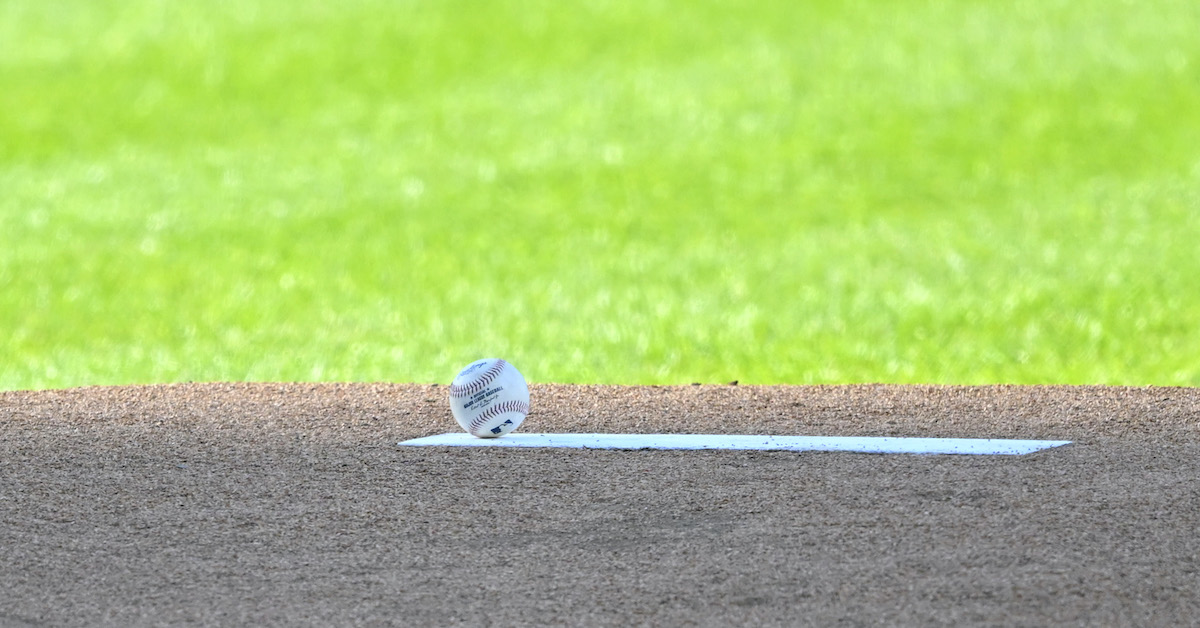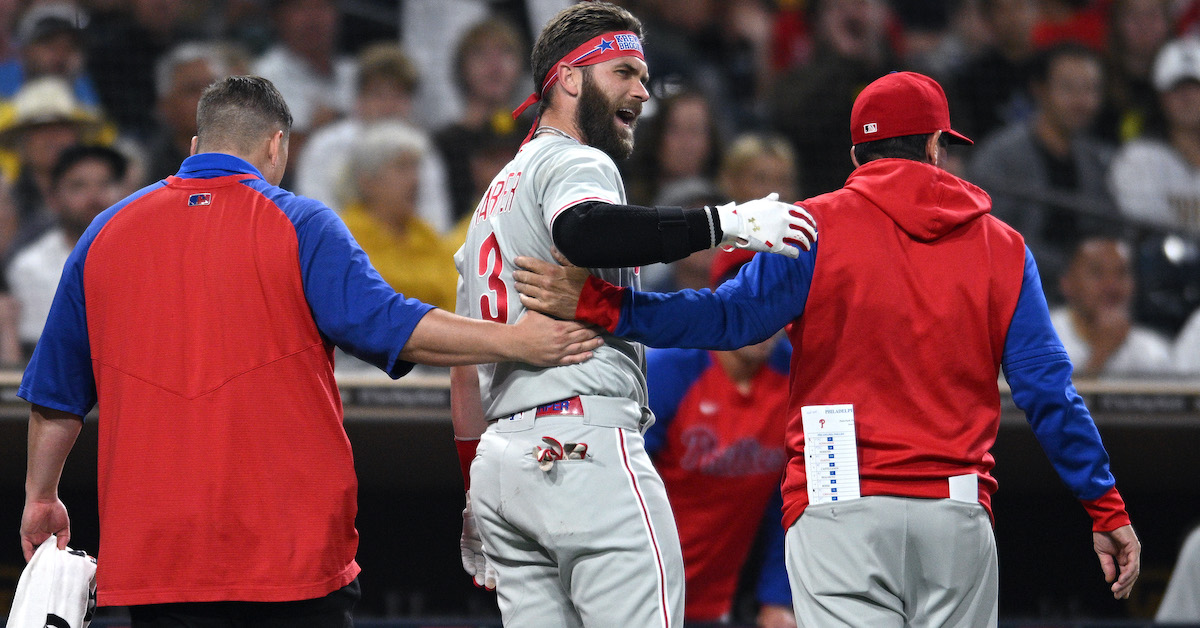The Orioles Aren’t Good… But They Are Interesting

On Monday night, the Orioles beat the Mariners, turning an early 7–0 lead into a 9–2 win. In the annals of history, a last-place team beating a fourth-place team in a midseason game won’t exactly be one that old baseball historians recount in future documentaries. But it did cause the O’s to cross a symbolic threshold, guaranteeing that they’d have their first winning calendar month since 2017 (counting a 2–1 March 2019 would be a scurrilous case of loopholery). That’s not exactly cause to break out a Melchizedek of the bubbly stuff, but it’s progress for a team whose rebuilding efforts seemed to be lacking that characteristic.
One thing that bedeviled the Orioles was how little of a boost they received at the start of the rebuilding process. Mike Elias may have been hired after the 2018 season to oversee the reconstruction, but it was the old brain trust who got the ball rolling with major trades, dealing away Manny Machado, Zack Britton, Kevin Gausman, Jonathan Schoop, and Darren O’Day and receiving 15 players in return. Until this season, it looked like the only one that would make any impact on the team’s future would be Dillon Tate, picked up from the Yankees in the Britton trade, who has made his home as a mid-tier reliever. You can make an argument that the best minor leaguer involved in an Orioles trade during the first year of the rebuild was a player who was traded from Charm City, not acquired, when the O’s sent minor league veteran Mike Yastrzemski to the Giants.
The lost 2020 minor league season was problematic for everyone on the planet, but in a pure baseball context, I’ve argued that it was especially so for a Baltimore team flooded with Triple-A tweener pitchers and not enough places to play them. Fast-forward to our second season of relative normalcy, and you start to see a real foundation start to come together. We were generally bullish around here about Baltimore’s farm system coming into the season; my colleagues Eric Longenhagen and Kevin Goldstein rated the team very highly, and ZiPS had the team with the best prospect in baseball both at catcher and on the mound. ZiPS is even more positive about the team’s future now as most of the top prospects have improved their stock, some massively, rather than see it slide. Let’s run down some of the projection changes since the start of the season. Read the rest of this entry »









